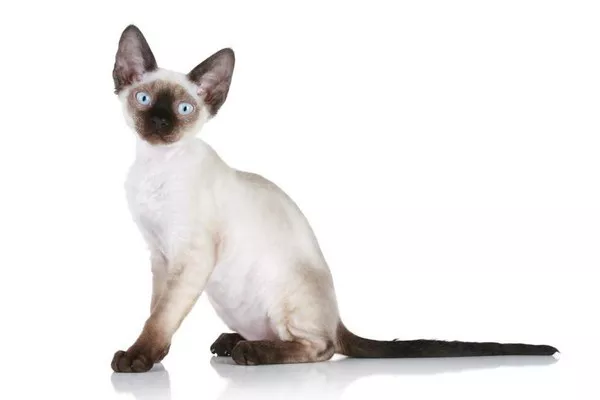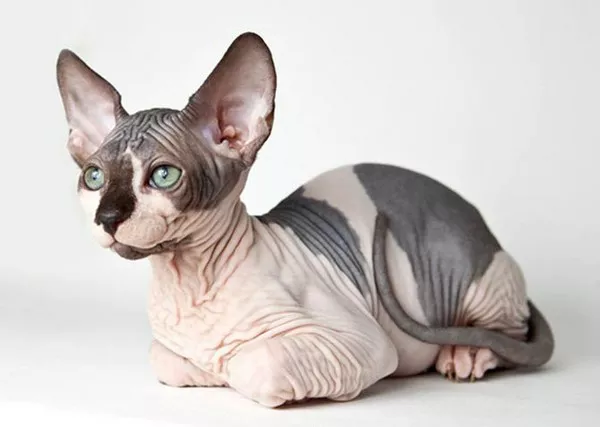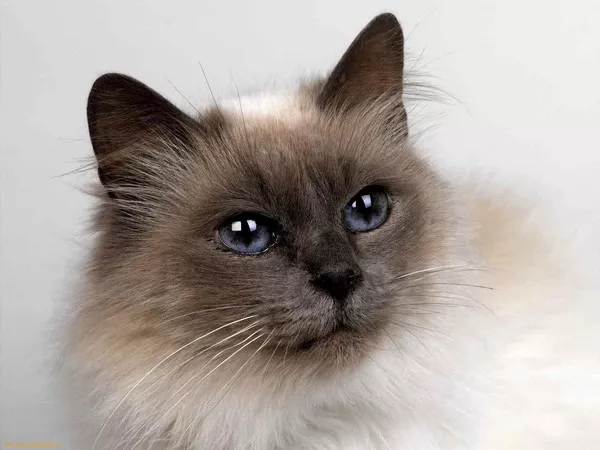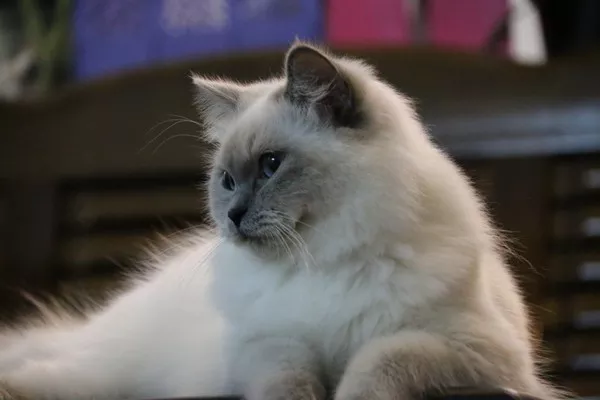Devon Rex cats are known for their distinct appearance, characterized by their strikingly short, wavy fur, large ears, and engaging personalities. One fascinating aspect of these charming felines is the way their coat colors and patterns can change as they age. One common question among Devon Rex cat enthusiasts is whether these lovable pets get darker with time. In this article, we’ll explore the mysteries of Devon Rex cat coat changes as they mature and provide insight into why this phenomenon occurs.
Understanding the Devon Rex Cat
Before delving into the intriguing transformation of Devon Rex cats’ coat colors, it’s essential to have a basic understanding of this unique breed. Devon Rex cats are known for their distinctive appearance, which includes a short and curly coat, large ears, and a playful and affectionate nature. Their striking appearance sets them apart in the feline world.
Devon Rex cats come in a variety of coat colors and patterns, which can change as they age. These changes may be subtle or more pronounced, leading to the perception that their coat gets darker with time. To better understand this phenomenon, let’s examine some of the factors that contribute to these color alterations.
Factors Influencing Coat Changes in Devon Rex Cats
Genetics: Genetics play a crucial role in determining a Devon Rex cat’s coat color and pattern. Kittens are born with a specific coat color inherited from their parents. As they age, genetic factors can interact in various ways, resulting in coat color changes.
Sunlight Exposure: Just like human hair, a Devon Rex cat’s fur can be affected by exposure to sunlight. Sunlight can lighten or darken the fur, particularly in cats with light-colored coats. This can lead to the perception that their coat gets darker with age.
Temperature: The environment’s temperature can also influence the perception of coat color in Devon Rex cats. When the weather is colder, cats may fluff up their fur to keep warm, making it appear thicker and potentially darker.
Health and Nutrition: A cat’s overall health and nutrition can affect the quality of its coat. A healthy diet rich in essential nutrients contributes to a vibrant and glossy coat. Conversely, health issues or nutritional deficiencies can lead to changes in coat color and texture.
Common Coat Color Changes in Devon Rex Cats
Devon Rex cats are known to exhibit several common coat color changes as they age. Here are some of the typical alterations seen in these felines:
Darkening of Coat: One of the most noticeable changes is the darkening of the coat. Many Devon Rex kittens are born with lighter fur and may gradually develop a deeper and richer coat color as they mature. This phenomenon is often seen in cats with a diluted coat color, such as blue or lilac.
Tabby Markings: Devon Rex cats may develop more pronounced tabby markings as they age. These markings can become bolder and more defined, enhancing the cat’s appearance.
Shift in Coat Patterns: Some Devon Rex cats may experience shifts in their coat patterns. For example, a cat with a solid coat color may develop subtle striping or mottling as they grow older.
Lightening of Points: In some cases, Devon Rex cats with point coloration may see a gradual lightening of the points, such as the ears, face, paws, and tail. This can give the cat a unique and striking appearance.
Development of Silvering: Some Devon Rex cats develop a silvery or frosted appearance in their coat as they age. This effect can be particularly pronounced in cats with certain coat colors, like black or brown.
Why Do These Changes Occur?
The changes in a Devon Rex cat’s coat color and pattern are primarily influenced by genetic factors. The cat’s genes dictate the production of pigments responsible for coat color. As cats age, shifts in gene expression can lead to variations in pigment production. For example, certain genes control the intensity of coat color, and their activity may change over time.
Additionally, environmental factors such as sunlight exposure, temperature, and health can contribute to coat color alterations. Sunlight can cause a chemical reaction in the pigments, making the fur appear darker. Temperature can affect fur density, leading to a change in coat appearance. Health and nutrition impact the overall quality of the fur, which may influence how the coat color is perceived.
Conclusion
Devon Rex cats are undeniably captivating with their unique coat and playful personalities. As these cats age, their coat colors and patterns can undergo intriguing transformations. While some Devon Rex cats may indeed get darker with time, it’s important to recognize that these changes are influenced by a combination of genetic, environmental, and health-related factors. This natural evolution adds to the charm of these already enchanting felines, makven more endearing as they mature.



























